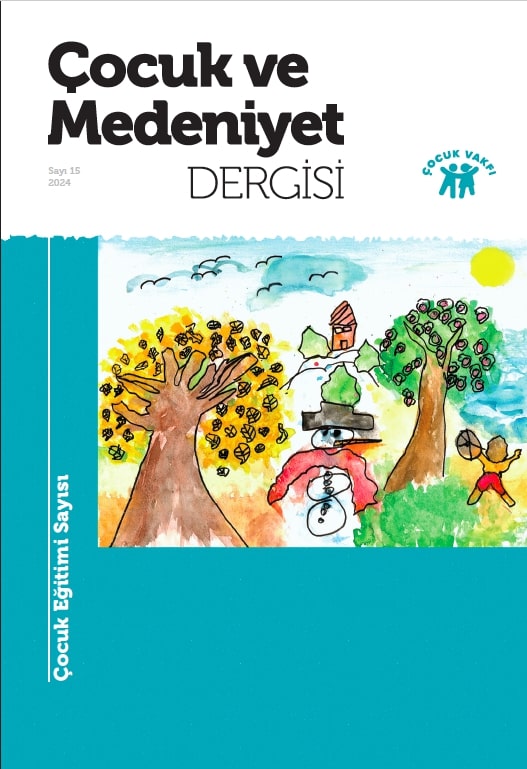Artificial Intelligence in 21st Century Mathematics Education: Global Strategies in Technological Transformation
DOI:
https://doi.org/10.47646/CMD.2024.334Keywords:
technology use in mathematics education, Digital LifeAbstract
With digitalization and artificial intelligence (AI) technologies, humanity has stepped into a new era. In this new era, identifying the time and needs and integrating people into change and transformation is the most basic task of education and training. In the article, the skills of the 21st century were evaluated on the basis of mathematics and education. It has been emphasized that AI in education should not only be achieved through the use of AI tools, but also that mathematics curricula should be updated to produce AI technologies. Determinations were made as to which mathematics subjects should be offered these updates and at which education level. An overview of the AI tools used in education and teaching processes, the systems these tools have and the opportunities they offer are revealed. By narrowing the scope on the basis of mathematics education, the features of AI tools used in mathematics education are classified, the opportunities and benefits they offer are determined, and examples of existing tools are given. Country strategies and policies in the field of AI-based education on a global scale have been examined. OECD and UNESCO data were used in these investigations. Scientific articles, reports and other publications published on the subjects of AI and mathematics education were examined. Articles specifically about Singapore and China were analyzed in detail due to their success in mathematics in the PISA assessments. The collected data were evaluated with descriptive analysis methods.

